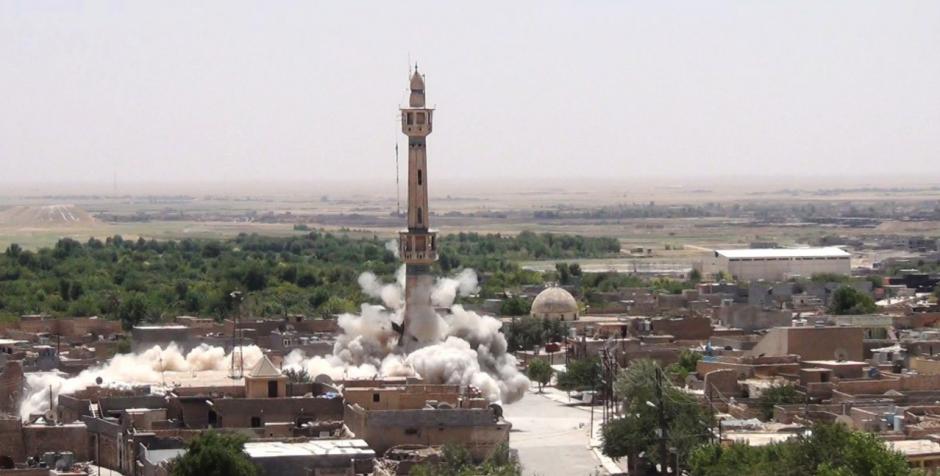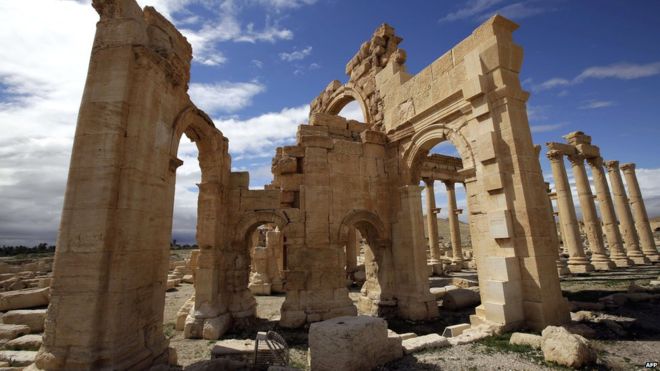People
British Museum and UK Government Fund $4.5 Million Scheme to Rebuild Sites Destroyed by ISIS
Historic cultural sites are a key part of the plan.
Historic cultural sites are a key part of the plan.
Amah-Rose Abrams

The British Museum and UK Government are taking great steps to restore ancient sites destroyed by ISIS, establishing a £3 million ($4.5 million) plan that will train Iraqi archaeologists and curators to repair the damage.
“The scheme cannot stop further acts of cultural destruction but it can equip colleagues with the skills required to conserve and restore where possible and is an attempt to enable colleagues to preserve sites and objects of global significance,” said the museum, according to The Guardian.
Ministers have stated that although the humanitarian issues in the Middle-East are at the top of the agenda, it is also essential to tackle the destruction of historic cultural sites, hence raising the funds for the project.
“Civilizations tell their stories through their art, which is why people who are hell-bent on destruction, target it,” Culture Secretary John Whittingdale told the Guardian. “Removing places and things that have helped to give people a shared sense of history and identity helps to undermine social cohesion and makes reconciliation less likely.”

A photo posted by ISIS showing the destruction of religious sites.
Photo: via Newsweek
Through learning about rescue archaeology and site management, there is hope that some of these ancients sites targeted by ISIS—like Nineveh, Nimrud and Hatra—can be brought back to something resembling what they were before ISIS struck.
The scheme will see two international archaeologists—yet to be recruited—train groups of Iraqi archaeologists for three months at the British Museum, and for a further three months in Iraq. A total of 50 Iraqi archaeologists will be trained in this particular type of restoration work over a five-year period and training will take place in safer regions Northern Kurdistan and Southern Basra.
“[The scheme] will make a real difference in recording and preserving the cultural heritage currently under threat in Iraq,” Neil MacGregor, outing director of the British Museum, told the Guardian.

The Baal Shamin temple in Palmyra, where ISIS are currently destroying ancient ruins.
Photo: AFP.
Although much of the destruction happening currently is taking place in Syria, no restoration can take place while the affected areas are still held by ISIS as the dangers are too great.
There are hopes that the scheme could eventually be extended to Syria and Yemen if and when ISIS leaves these regions. This effort can only be admired as ISIS continues to commit atrocities and acts of destruction regularly.